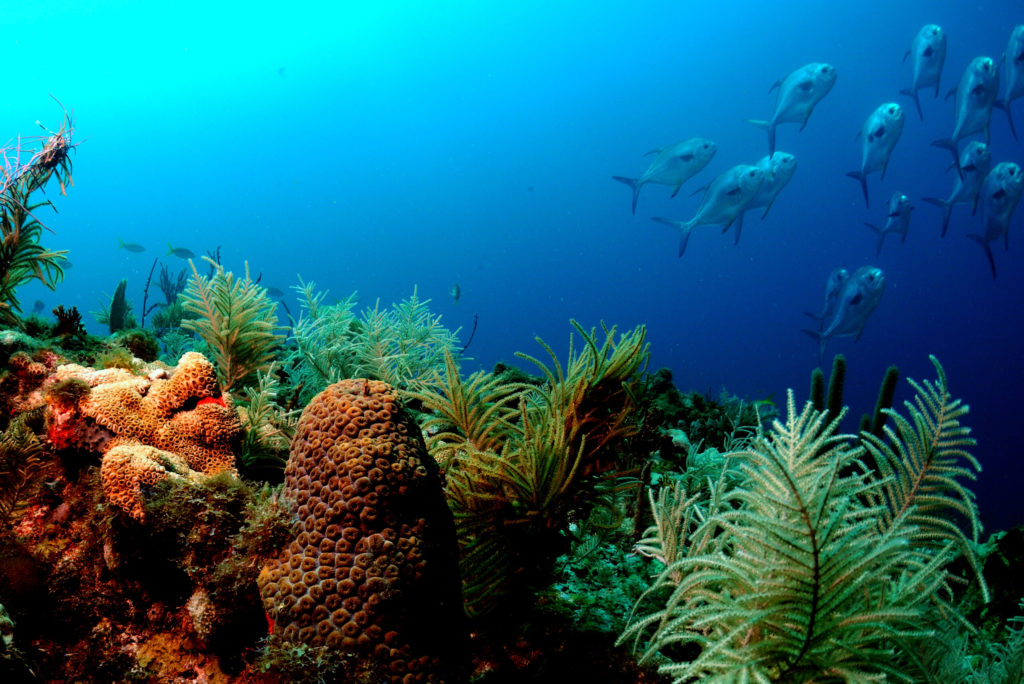
Clean Ocean Energy & Innovation
100% clean ocean energy by 2050
Climate change is the biggest threat facing our ocean. Every day we see its alarming effects on ocean ecosystems and coastal communities: intense ocean heat waves, coral reefs bleaching, melting sea ice, habitat changes, sea life population declines and devastating damage due to stronger and more frequent hurricanes. Each one is a grave reminder that to protect our ocean, we must address climate change. Our most promising strategy is to transition away from harmful oil and gas to responsible clean energy.
Luckily, ocean-based climate solutions can help solve the climate crisis. According to the High Level Panel for a Sustainable Ocean Economy the ocean has the potential to contribute as much as one-third of the annual greenhouse gas emission cuts needed to limit global temperature rise to 1.5°C., through restoring coastal and marine ecosystems, decarbonizing maritime transportation, scaling marine renewable energy and others.
The most significant of these opportunities is ending fossil fuels and shifting to clean ocean energy.
At Ocean Conservancy, we believe a responsible, rapid and just transition to the ocean as a source of 100% clean energy by 2050 is both possible and essential. Through science-based research, smart policy, accessible finance and global collaboration, we can create a better future—one where our ocean is healthy, marine wildlife is resilient and protected from climate change, and clean ocean energy supports our country’s energy needs while providing good paying jobs with cleaner air and water for all.
Let’s change course
Protecting the ocean, us and our planet from climate change will take a comprehensive shift away from harmful oil and gas to responsible clean ocean energy. This transition will require coordinated, long-term strategies including: responsible planning, with no future oil and gas leases, a global reduction in plastic production, and smart structuring of offshore wind development to be safe for marine life; a reconfiguration of ocean energy financing, including phasing out oil and gas subsidies, and mobilizing funding for marine renewable energy; and smart end-of-life processes for infrastructure in the ocean are safer and more accountable. Find recommendations to get there below.
